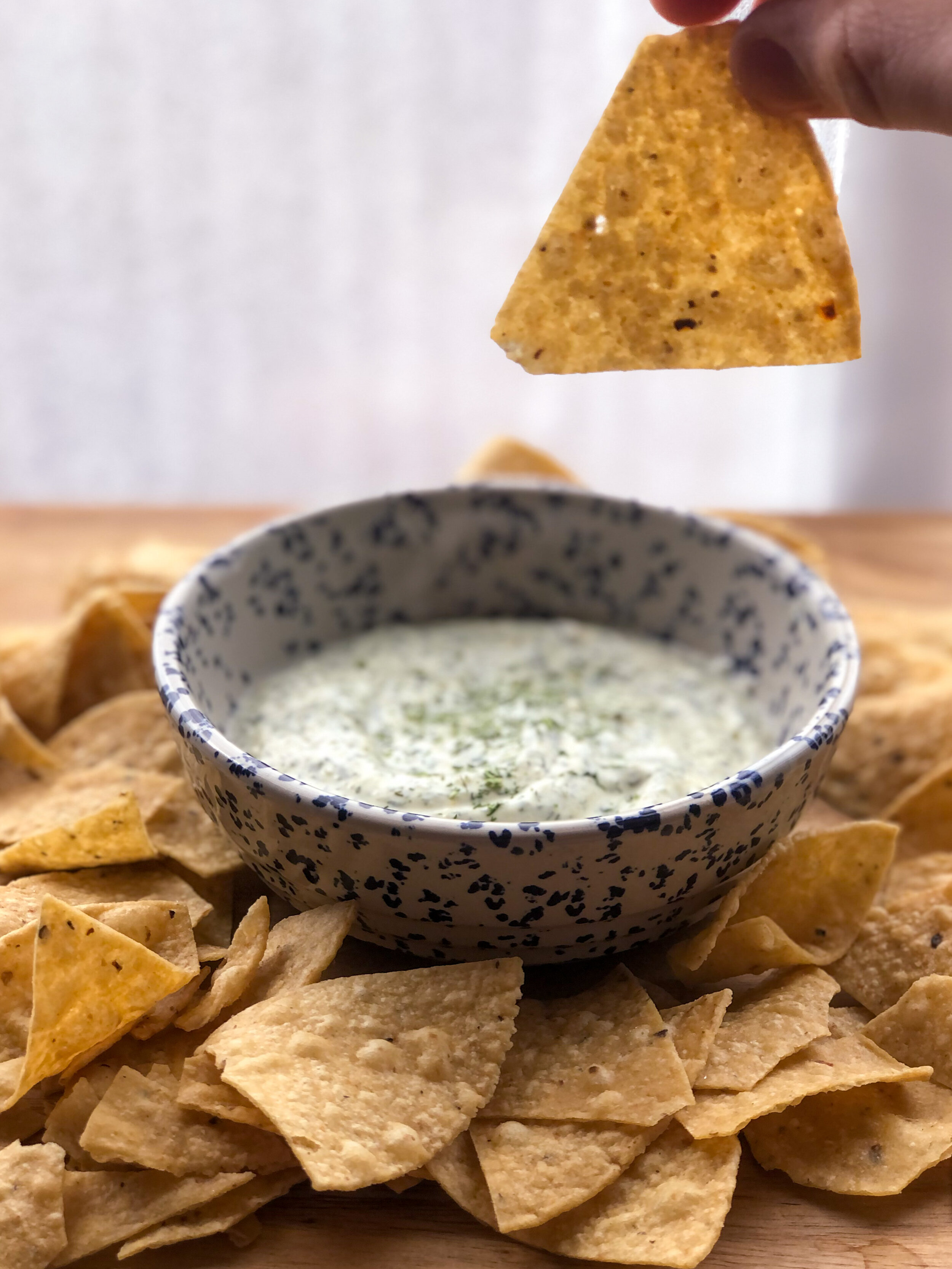Horseradish, Dill and Yogurt Dip
Horseradish root is one of the foods that I've always wanted to use but never known how to approach. Part of my intimidation comes from the lack of recipes written for horseradish root. Generally, recipes that use horseradish call for "prepared horseradish," a combination of horseradish and vinegar, rather than raw horseradish root.
In this recipe, I wanted to give horseradish root the platform it deserves without stepping too far out of my comfort zone. So although turning horseradish into a dip may be simple and predictable, it's a great introductory recipe for this root.
This dip is a little punchy, a little herby and a lot addictive. It gets along with everything from veggies to roasted potatoes to tortilla chips. The possibilities are endless for this perfect snack-time dip!
Let me know what you think of the recipe and don't forget to follow the sustainability tips below!
Makes: 1 cup of dip
Time: 5 minutes
Ingredients
1 cup plain yogurt
2 tablespoons grated horseradish, packed
1 small garlic clove, grated
2 tablespoons freeze-dried dill weed
1 teaspoon salt
Methods
Stir together all ingredients to combine. For a stronger flavor, let the dip sit in the refrigerator overnight. Serve with veggies, chips, roasted potatoes and more!
Sustainability Tips
Yogurt: Dairy is generally pretty terrible for the environment so be sure to buy yogurt from a brand you trust. I like to buy my dairy from B Corp companies (like Stonyfield!) because they are held to high environmental and social standards. Alternatively, you could experiment with non-dairy yogurt in this recipe.
Horseradish and garlic: Your best option here is to grow the horseradish and garlic yourself. Alternatively, you could buy organic or local horseradish and garlic. Buying from local farmers means that fewer greenhouse gases were released during transportation. Buying organic produce means the farmers did not use synthetic chemicals to grow their crops.



